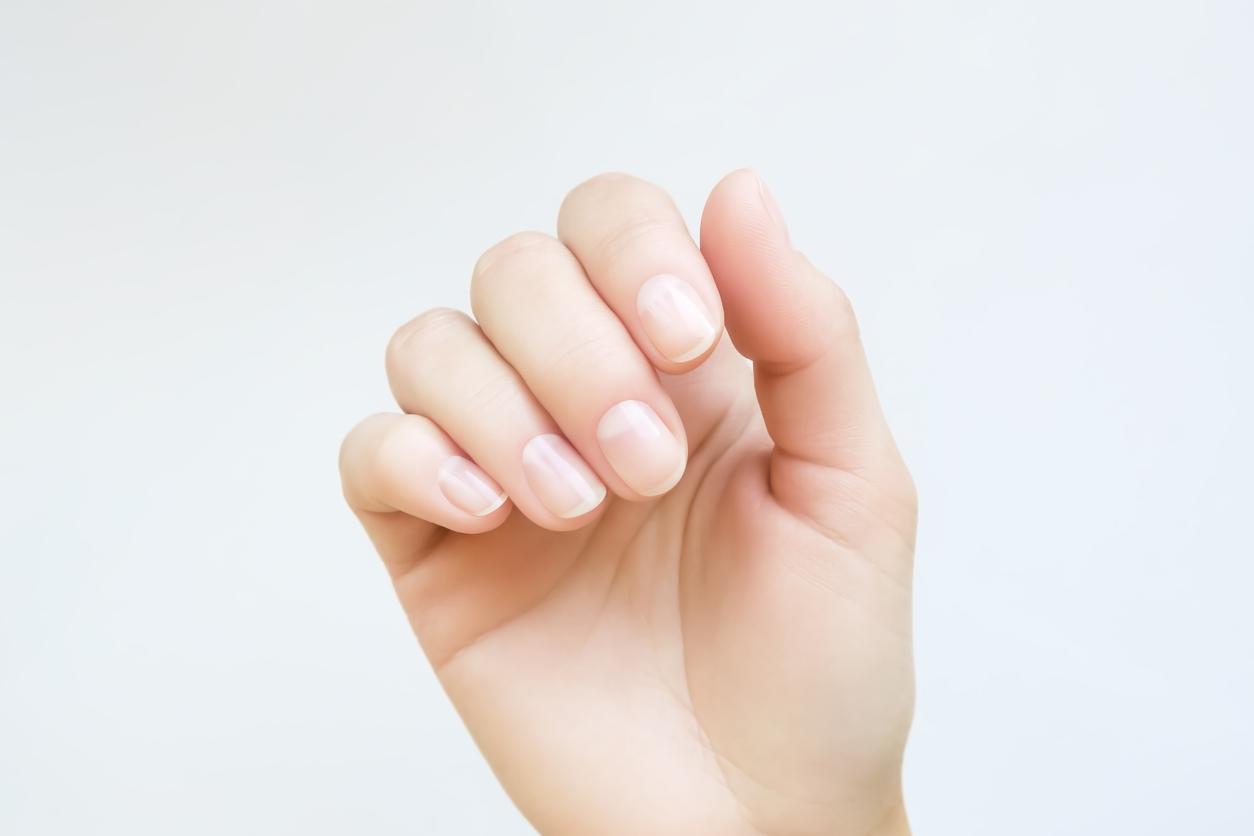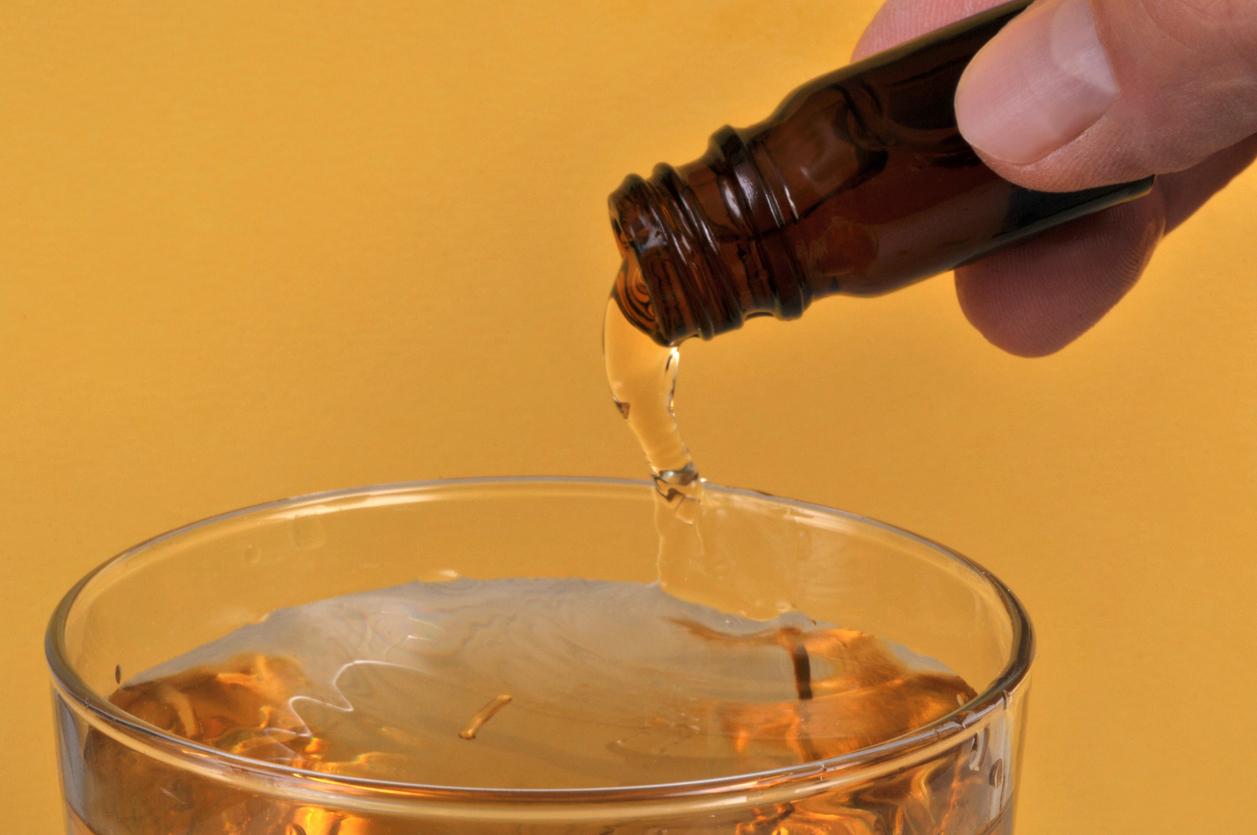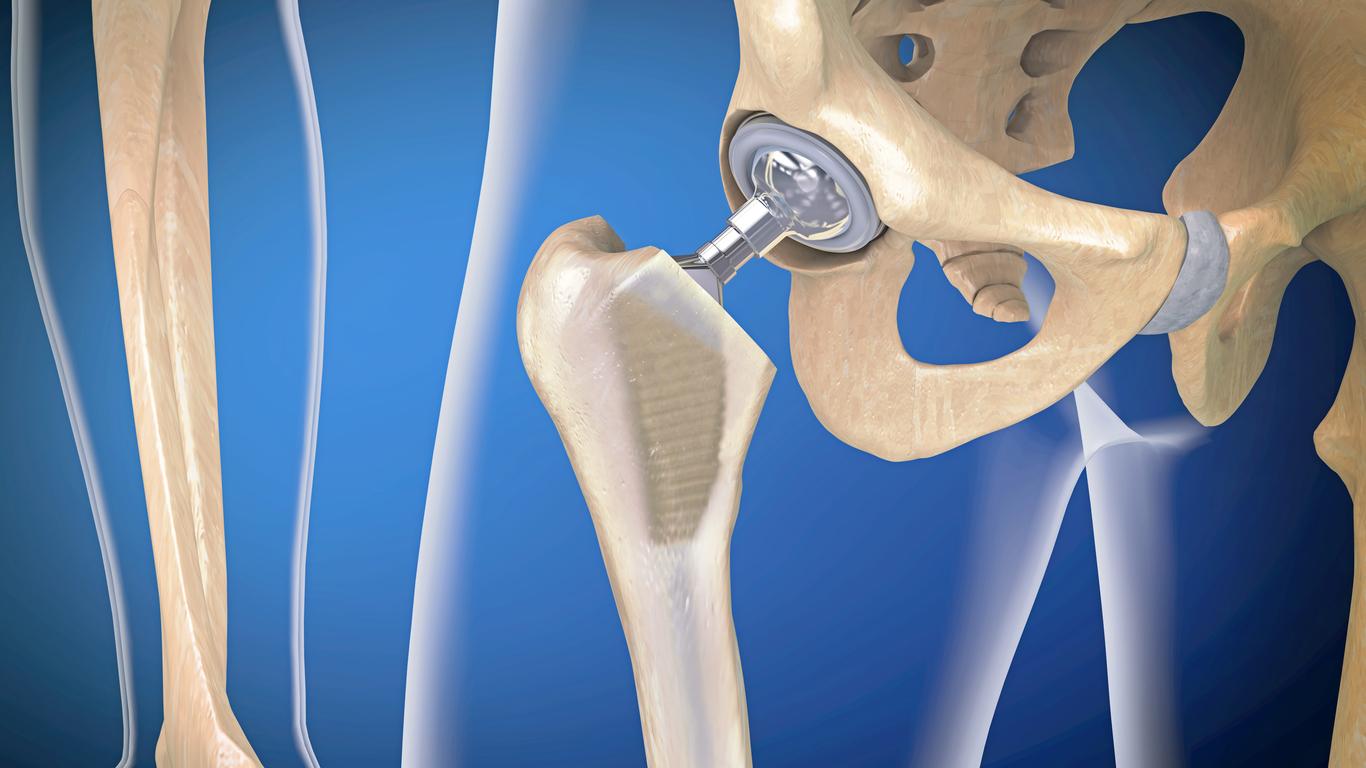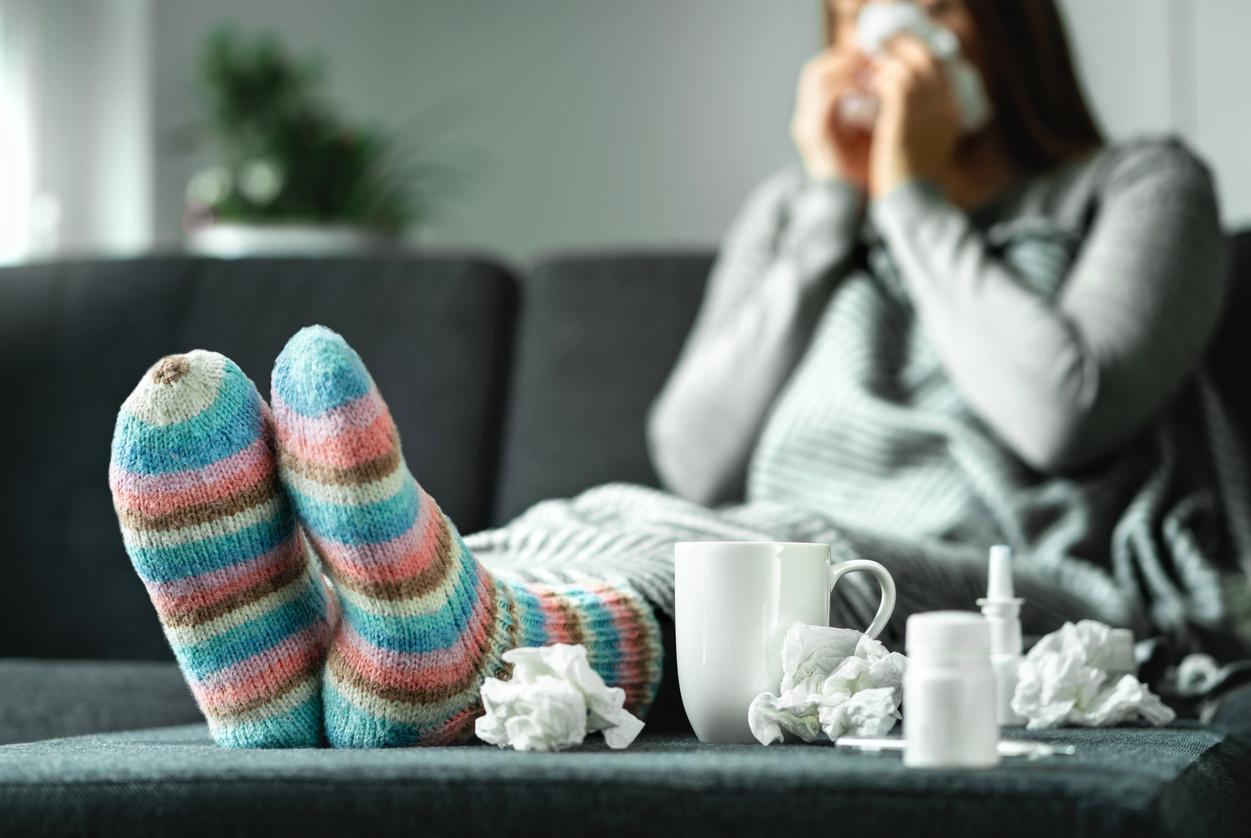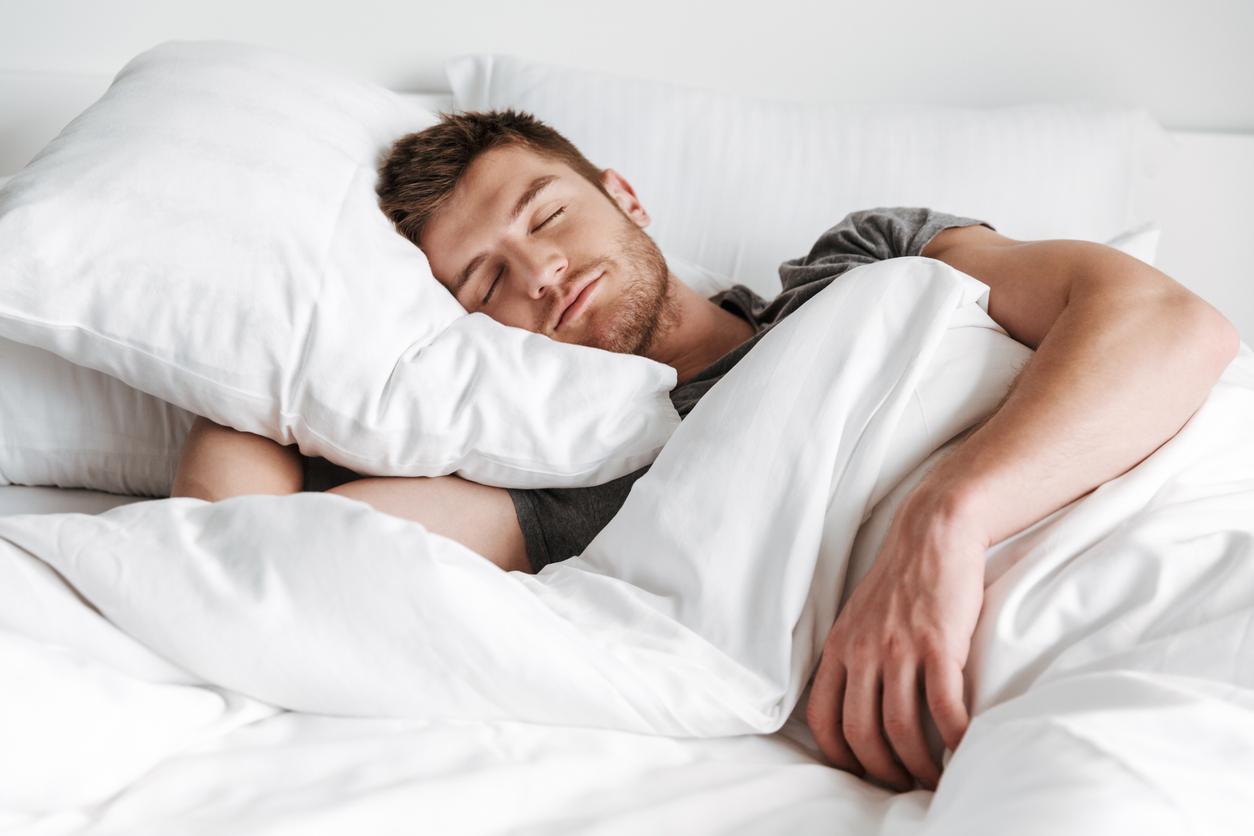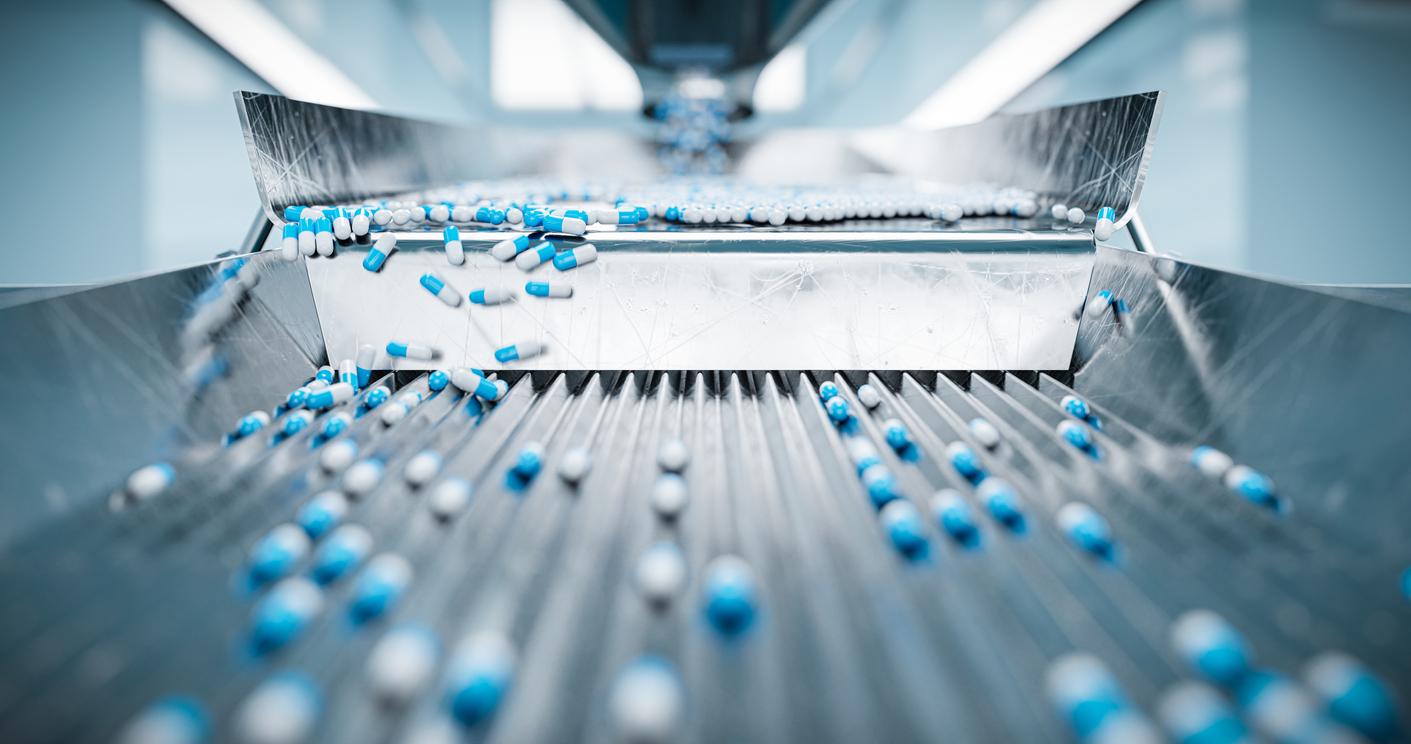False nailsare popular but the installation of these artificial skin appendages is not to be taken lightly. It can pose health risks, warns thenational agency for the safety of medicines and health products (ANSM).
In a document published on August 2, it informs about the precautions to be taken and gives advice to prevent risks.
Poses to be spaced out
Artificial nails are applied using two techniques: resin self-hardening (technique known as “sculpted nails”) and that of gel hardening under UV.
To prevent the natural nail from peeling off, the professional must deposit the products at the edge of the nail and the cuticles without covering them. If this reflex is not respected, this can trigger local inflammation, loss of the natural nail or worse, paresthesias at the fingertips (abnormal sensitivity of the skin). The ANSM advises to space the poses, for a period of 3 to 4 months. The right timing: a one-month break between each.
What are the limits to these techniques?
Some sensitive people may have an allergy to gel, glue or resin. They translate to eczema around the nails (redness with itching or burning sensations) and/or on the face (especially the eyelids) or by detachment of the natural nail.
Another risk associated with the installation of false nails, that of infecting the natural nail under the prosthesis and presenting a mycosis. How to recognize it: the nail changes color and turns yellow or greenish.
The removal of false nails to be done at a pro
The ANSM advises wearers of false nails not to attempt to remove them themselves. Scratching or tearing off the artificial nail is strictly prohibited because it can also promote the detachment of the natural nail.
The operation, delicate, must therefore be done by a specialist to be carried out in good conditions. How is the withdrawal going? The nails must be immersed either in a solvent – most often acetone when using resin – or are filed when using gel. Filing too aggressively can weaken the nail which can come off.
In the event of a problem identified after installation, the ANSM recommends that you do not hesitate to consult a dermatologist or your doctor.
The cases in which artificial nails are to be avoided
The ANSM advises against the application of false nails:
-under 16 years old (the maturity of the nail is not complete)
-to people with nail diseases (psiorasis or mycosis)
-to pregnant women because of the risk of toxicity of the products used
– for people with fragile nails
–to nursing staff(to rule out the risk of transmission of bacterial infection)
-if you have just had surgery
Read also: False nails prohibited for nurses
true-false on toe nails
4 tips to stop biting your nails









